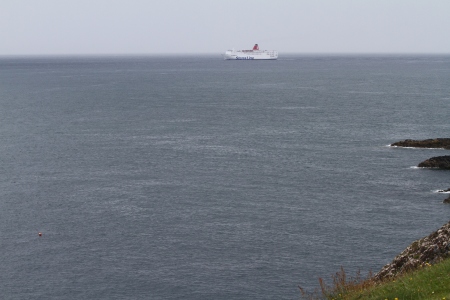VERTICAL AND HORIZONTAL FRAMES
The natural inclination for many photographers is to take all their photographs in horizontal (landscape) format unless the shape of the subject clearly dictates that a vertical (portrait) format is more appropriate. As is shown in this exercise, virtually any scene can be shot in either format to create attractive images so it is always worth turning the camera on its side when taking any shot, if time allows, to see how it looks in the viewfinder. It may well be that the scene will take on a completely different appearance revealing otherwise unseen characteristics and interest.
—– o0o —–
IMAGE 1A
IMAGE 1B
IMAGE 2A
IMAGE 2B
IMAGE 3A
IMAGE 3B
IMAGE 4A
IMAGE 4B
IMAGE 5A
IMAGE 5B
IMAGE 6A

IMAGE 6B
IMAGE 7A
IMAGE 7B
IMAGE 8A
IMAGE 8B
IMAGE 9A
ITEM 9B
IMAGE 10A
IMAGE 10B
From these examples, it can be seen that the nature of the image can change quite significantly if the frame is vertical (portrait) rather than horizontal (landscape). Depending on the subject, the use of a vertical format can lend height to a subject (see Image 10B above) or distance / depth (e.g. Images 8B and 9B above). Interestingly, although I generally find the landscape format to be more attractive, possibly because it is the format that is generally seen and is more usually chosen to decorate the walls of peoples’ houses, in the majority of the examples above I am more excited by the images in the portrait format. Perhaps this is because it is more unusual and therefore more arresting. One thing that I will be taking away from this exercise is the awareness that it is well worth exploring both formats when framing any subject, whether it is traditional to do so or not.
I am aware that I am more comfortable referring to these formats as portrait and landscape and I recognise that this results from my background in buying and selling paintings. The use of these terms in relation to photography reflects the early history of the art in the 19th Century when photography was equated with the familiar art of painting. In his book ‘The Photograph’, Graham Clarke notes that the depictive and narrative nature of photography as epitomised by Henry Fox Talbot, particularly in his work ‘The Pencil of Nature’ (1844-6), Roger Fenton and others reflected popular art at the time and therefore was viewed and couched in similar terms. Photographs are still often viewed by many in the light of their relationship to other art forms.
—– o0o —–
Reference : – ‘The Photograph’ by Graham Clarke. Published by Oxford University Press in the Oxford History of Art Series. ISBN 978-0-19-284200-8

















